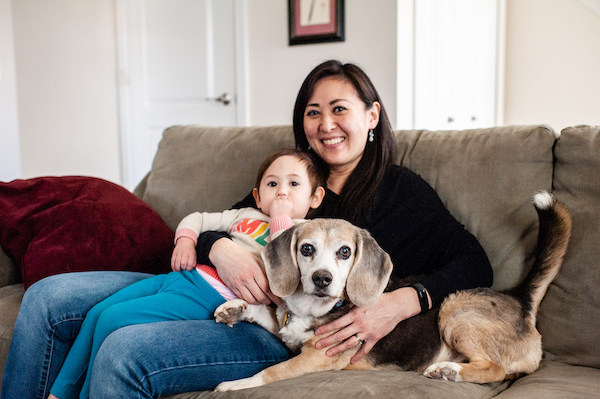
The 2022 National Foster Survey conducted by Maddie’s Fund®, provides valuable insights into the utilization and support of foster care programs for dogs and cats in the United States. The survey examined the dynamics of foster care programs and identified important factors impacting foster care placement. Versions of the survey have also been conducted for the years 2018 and 2020, enabling us to see the changes to foster programs over time at a national level.
Here are five of the most important takeaways from the 2022 survey:
When placing a large volume of pets in foster homes, match foster caregivers with pets promptly
Organizations with the shortest duration of time from signing up to foster to being placed with a pet were associated with a higher median number of pets sent to foster care. What were the wait times for the largest programs? Those with wait times of 24 hours or less. This implies that reducing the time it takes to place pets in foster care may increase foster care placements overall.
Organizations with stringent requirements to become a foster caregiver have fewer fosters than organizations with low-barrier processes
The 2022 survey gave us insight into just how much certain requirements may be affecting the size of foster programs. Requirements that ask the most of fosters tend to impact program size the most, with home checks being the most impactful. Shelters that require a home check have an average of 74% fewer foster placements. Other requirements that significantly impact the number of foster placements are: meeting all pets living in the household, meeting all members of the household, landlord checks and reference checks.
There was a noticeable shift towards moving foster training online instead of holding it in person
This shift is essential as it saves foster coordinators’ time, while providing foster caregivers with access to the training they need when it’s convenient for them. Being provided with training is a significant factor in improving foster retention, per our research on foster turnover.
There was a slight rise in the average number of active foster caregivers
However, the overall number of pets being sent to foster care by physical shelters and rescue organizations has remained consistent over the past four years.
Twelve percent of physical shelters still do not have foster programs in place
The biggest barriers to establishing foster care programs are: difficulties in finding foster homes, concerns about liability, limited staff resources and insufficient funding. (Having trouble finding fosters? Check out our new Maddie’s® University course, How to Place More Pets in Foster Homes!)
“It was really interesting to learn that there was a direct correlation between a more complicated foster onboarding process and the number of pets that organizations are able to put in foster homes,” says Dr. Sheila Segurson, Director of Community Solutions for Maddie’s Fund. “The data demonstrates very clearly that we can increase the number of animals that we place into foster homes by reducing things like home visits and reference checks.”
Source: Chew On This












